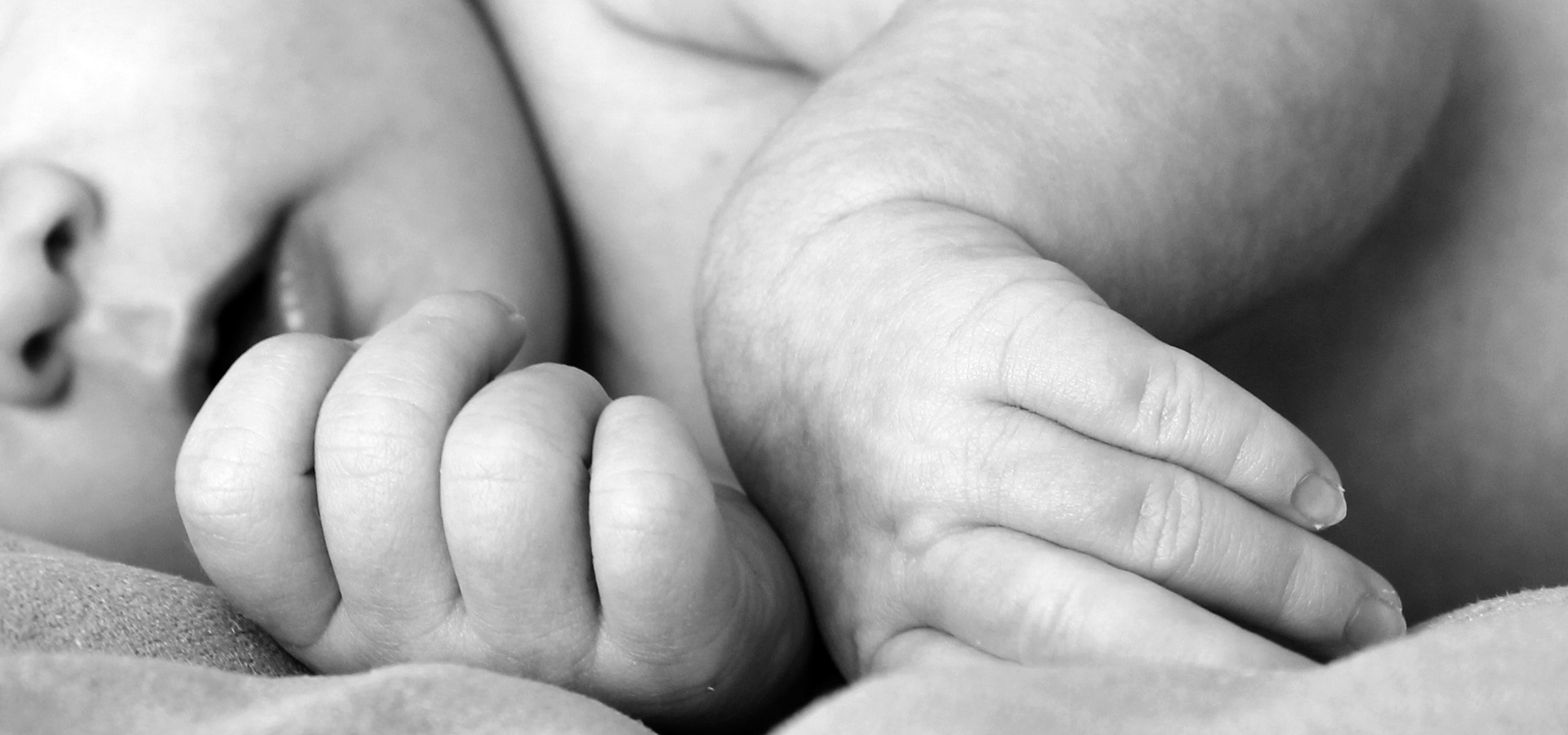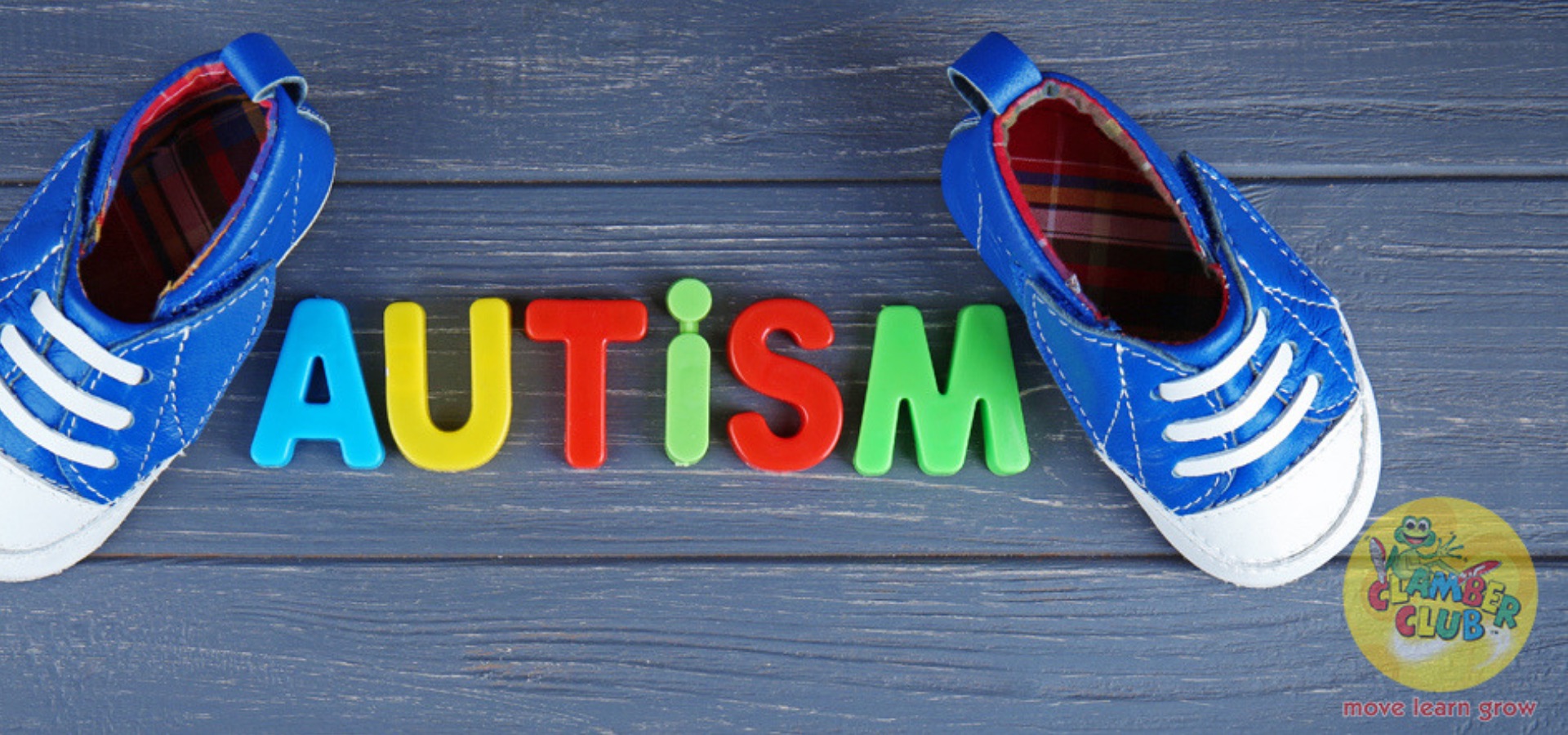How often have you heard parents say: “My kids differ like day and night.” A detailed elaboration usually follows on the afore-mentioned statement, highlighting not only differences in appearance, but also in personality, behaviour and reactions to the world. Why is it that children from the same biological mother and father can be so different and unique? To answer this question, we need to go back to the very beginning of development. During infancy, it is all about the senses! Development, maturation and integration of a baby’s sensory systems is a major building block towards future development, learning and acquisition of skills. A baby experiences the world around them through their seven senses, consisting of the five familiar “visible” senses i.e. sight, hearing, smell, taste and touch; and the two less-familiar “hidden” senses that relate to movement i.e. the vestibular sense and proprioception. The vestibular sense tells them when their bodies are displaced and helps to orient movement for them. The proprioceptive or body sense gives them feedback from muscle movement and joint position. The information they receive through their senses becomes their first awareness of the outside world. As human beings, our brains are constantly flooded with information from our senses. This information gets filtered and organized to enable us to focus only on important input and ignore irrelevant information. Thankfully this happens on a subconscious level. Had it not been for this filtering process, we would be aware of each and every sight, sound, smell, taste, touch and movement, every second of every waking day. That is quite an exhausting thought, isn’t it! When a sensory stimulus is relevant and important to the brain, it gets registered on a conscious level and a reaction is elicited. Think of a baby in its mother’s arms, hearing its mother’s voice, smelling its mother’s scent, seeing the outlines of its mother’s face… and then the heart-warming reaction, making up for countless sleepless nights: a big, bright baby smile. This process happens on an ongoing basis in all of us: newborns, infants, toddlers, school-going children, teenagers, adults and the elderly. Our differences and uniqueness in reaction and behaviour is a result of each individual’s neurological threshold. A neurological threshold is the amount of stimuli required for a nerve cell or neuron to respond. An individual with a high threshold, requires more stimulation to trigger a reaction, while low thresholds, on the other side of the continuum, requires less stimulation to trigger a reaction. Think of a newborn baby going home for the first time: some of these little humans are happy being held and passed on from relative to relative, while others will soon let you know, in no uncertain terms, that they want to be laid down in a quiet space with minimal contact from the outside world. Same age, same scenario, same sensory input… but very different behaviour. In her ground-breaking book, “Sensory Intelligence®, why it matters more than IQ and EQ”, Dr Annemarie Lombard use the analogy of a Sensory Tree™ to help explain these individual differences. Individuals with high thresholds are like the leaves of a tree. They seek sensory input, and enjoy activity, variety and change, just like leaves enjoy sunlight and blowing in the wind. On the other hand, the low threshold individuals resemble the roots of a tree, avoiding sensory input. They need less stimulation, more quiet space, clear expectations and prefer predictable routine, just like roots prefer the quiet calmness underground. And then we have the typical thresholds who are neither high nor low thresholds. They can be described as the trunk of the tree. These individuals usually cope well in all kinds of life situations and are not bothered by too little or too much sensory input. This applies to little human beings as well, since sensory thresholds are mainly part of your genetic make-up. It’s important to keep in my mind that there is no right or wrong. Their (and our) profiles are merely a reflection of who we are, and nothing needs to be fixed… just understood. Let’s now look at characteristics of a typical little leaf and a typical little root. We will not be going into detail about our little trunks, since they will mostly not be overly affected by too little or too much sensory stimuli. A typical little baby leaf might: enjoy being amongst people be very active throughout the day enjoy making sounds with his/her mouth enjoy looking at moving objects such as ceiling fans enjoy looking at shiny objects not be bothered by wet or dirty diapers enjoy finger foods and not be bothered by the messiness that comes along with it enjoy swinging, rocking and being lifted into the air seek opportunities to feel vibrations such as stereo speakers, tumble dryer mouth all kinds of objects On the other side of the continuum, a typical baby root might: enjoy having regular quiet time have difficulty getting to sleep and easily be awakened startle at sound, compared to other babies of the same age be fussy feeders resist being held get fussy when exposed to bright lights become agitated when having hair washed, nails trimmed, and face wiped become upset when placed on back to change his/her diaper become agitated when crawling on certain surfaces such as grass, sand, carpet, tiles not cope well when their daily schedule change As adults, we self-regulate to maintain our optimal level of focus, attention and comfort. An adult leaf can add sensory input to his/her life, just as an adult root can structure their environment to avoid unnecessary sensory input. Our little infant leaves and roots does not always have the ability to self-regulate and cannot adapt their environments according to their individual needs. When this happens, they can easily go into a state of sensory overload, which I’m sure most people in this room will be familiar with. Typical signs of sensory overload might include: gaze aversion, or staring irritability inconsolable crying frantic, disorganised, jerky movements tongue
































